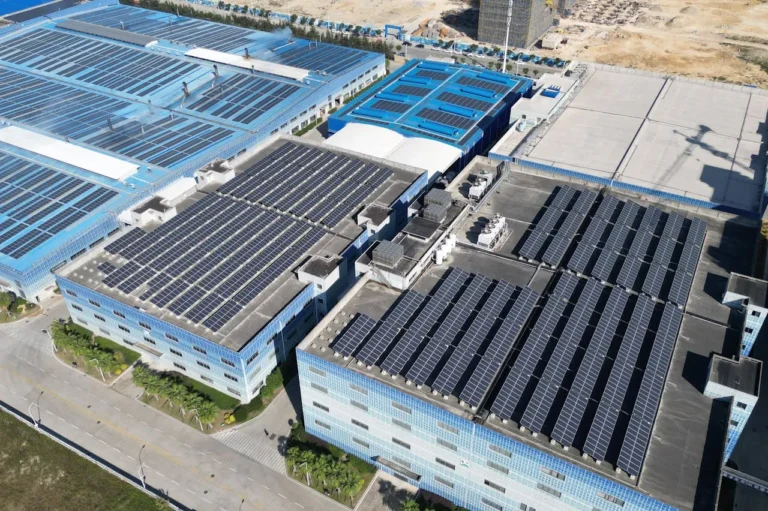

Shortly after 4:00 PM Pacific Time today, MethaneSAT was detached from the SpaceX Transporter-10, which propelled the emissions-monitoring satellite into space. This groundbreaking satellite is engineered to aid in safeguarding Earth’s climate by accelerating the reduction of a potent greenhouse gas, with a primary focus on oil and gas activities—a significant source of methane emissions. A digital media kit containing photos, videos, and illustrations is available HERE.
Developed by a subsidiary of the global nonprofit organization Environmental Defense Fund (EDF), MethaneSAT’s mission is to observe and quantify total methane emissions across vast areas inaccessible to other satellites, pinpointing major emitters in regions previously overlooked. With MethaneSAT data, businesses and regulatory agencies can monitor emissions, while stakeholders—citizens, governments, and investors—gain nearly real-time access to data, enabling unprecedented comparisons with emission targets and obligations.
“Curbing methane pollution from fossil fuels, agriculture, and other sectors is the fastest way to slow down global warming while transitioning our energy systems to low carbon,” states EDF President Fred Krupp. “To achieve this, we need comprehensive global-scale data on this pollution. MethaneSAT provides us with a complete picture by tracking emissions back to their sources.”
Krupp introduced MethaneSAT during a TED Talk in 2018 as part of the TED Audacious Project. EDF has been a global leader in methane science and solutions for over a decade, shedding light on the issue through a groundbreaking series of 16 independent studies revealing methane emissions in the U.S. oil and gas supply chain were 60% higher than previous EPA estimates. MethaneSAT is a direct outcome of these efforts.
“MethaneSAT holds tremendous capability to accurately measure methane levels over large areas with high resolution, capable of detecting smaller, diffuse sources that contribute the majority of emissions in many regions,” says Steven Hamburg, EDF’s Chief Scientist and MethaneSAT project lead. “This knowledge is critical for understanding the presence and distribution of methane emissions and how they change over time.”
Circling the Earth 15 times a day, MethaneSAT can detect changes in methane concentrations down to three parts per billion. Its high sensitivity, combined with high resolution and wide field of view, enables MethaneSAT to capture a comprehensive emission picture.
These unique capabilities usher in a new era of transparency for the industry. The interactive emission data can be accessed directly at www.MethaneSAT.org and on Google Earth Engine, a key geospatial data platform used by over 100,000 experts and analysts.
MethaneSAT was made possible through funding from EDF donors and collaboration with the government of New Zealand. The Bezos Earth Fund, Arnold Ventures, the Robertson Foundation, and the TED Audacious Project made significant contributions.
“Methane emissions have been overlooked for far too long and have been challenging to detect,” says Dr. Kelly Levin, Head of Science, Data, and Systems Change at the Bezos Earth Fund. “MethaneSAT changes that by prioritizing science and data. From the skies, it can see what others cannot, aiding good actors and holding bad actors accountable. The Bezos Earth Fund is proud to be a partner in this endeavor.”
In December, EDF, along with Bloomberg Philanthropies, the International Energy Agency, RMI, and the UN Environment Programme’s International Methane Emission Observatory, launched a new initiative to hold companies and governments more accountable for their methane management.
“You can’t do anything if you can’t measure, and that’s certainly true when it comes to reducing methane, one of the major contributors to climate change,” said Michael R. Bloomberg, Special Envoy for Climate Ambition and Solutions to the UN Secretary-General, and founder of Bloomberg LP and Bloomberg Philanthropies. “With data from this satellite, we can better measure methane emissions and address their sources. This makes the problem more transparent, providing companies and investors with the information they need to take action, and the public can hold people accountable.”
MethaneSAT not only maps emission sources and percentages for a specific region but also compares emission loss rates in major oil and gas regions worldwide and their performance over time. Custom analyses developed for the mission enable these emissions to be traced back to their sources within these target regions.
“We’ve consistently experienced the enormous impact that this powerful data has on establishing robust regulatory safeguards and improving industry best practices. Good science lays the foundation for better decisions,” says Mark Brownstein, Senior Vice President of Energy Transition at EDF.
In January, the Biden administration proposed rules for a fee on excessive methane emissions, requiring accurate emission reporting. European legislation agreed upon in November sets a path toward demanding empirical emission data from gas importers. Japan and Korea—two of the largest LNG consumers—have also announced plans to require emission data from suppliers.
As methane standards are incorporated into national policies and trade agreements, MethaneSAT will help ensure targets are met and highlight where claimed reductions fall short.
Over 150 countries have signed the Global Methane Pledge to collectively reduce their methane emissions by at least 30% by 2030 compared to 2020 levels. During COP 28, over 50 companies announced the Oil & Gas Decarbonization Charter, committing to virtually eliminate methane emissions and routine flaring of hydrocarbons.
In addition to the parent organization EDF, MethaneSAT’s partners include the Harvard University School of Engineering and Applied Sciences, the Smithsonian Astrophysical Observatory, and the New Zealand Space Agency. The combined mission team comprises over 70 experts worldwide with experience in spaceflight, remote sensing, and data analysis.
The satellite was built in Colorado by the Space & Mission Systems division of BAE Systems, Inc. (formerly Ball Aerospace) and Blue Canyon Technologies.
MethaneSAT, LLC, is a subsidiary of Environmental Defense Fund, Incorporated, a leading international nonprofit organization. EDF leverages science, economics, law, and innovative private-sector partnerships to address the most serious environmental issues through transformative solutions. Follow us on Twitter @MethaneSAT or connect with us at www.MethaneSat.org. Copyright © 2024 MethaneSAT, LLC. All rights reserved.
Environmental Defense Fund (edf.org) is one of the world’s leading international nonprofit organizations working on the most serious environmental problems by creating transformative solutions. With this goal in mind, EDF combines science, economics, law, and innovative private-sector partnerships. EDF has over 3 million members and offices in the United States, China, Mexico, Indonesia, and the European Union. EDF’s scientists, economists, lawyers, and policy experts work in 28 countries to turn solutions into action. Connect with us on Twitter @EnvDefenseFund.
This announcement is officially applicable in the original source language. Translations are provided for reading assistance only and should be compared with the text in the source language, which is legally binding.




